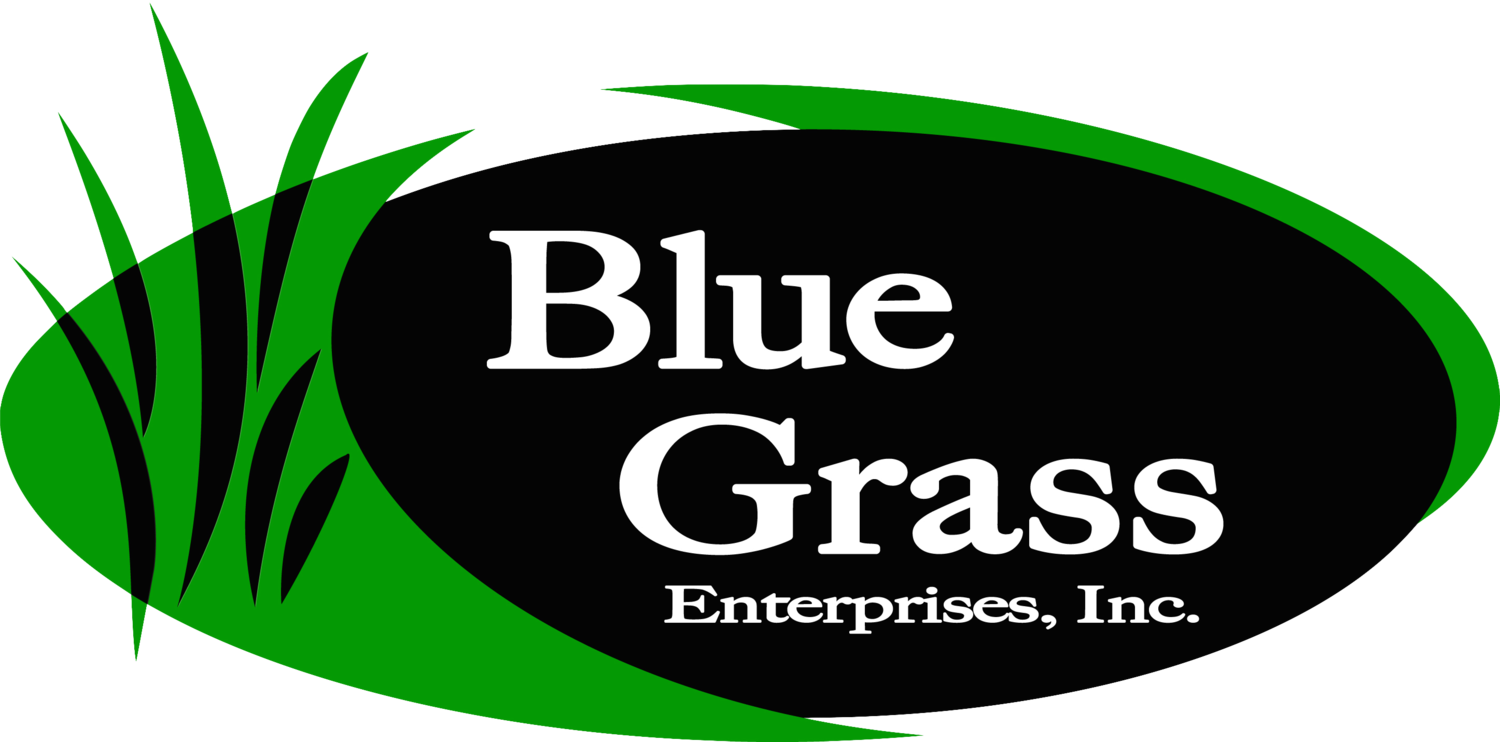Here are some OVERSEEDING questions…
Scenario 1: Imagine for a moment that you have a few bare spots in your lawn you are wanting to fill in.
For this exercise, let’s say the holes are roughly the diameter of a basketball.
Should you:
A) Overseed - for sure!
B) Feed - Nom nom nom.
You probably already guessed it, the answer is B.
Typically, the best solution for spots like this is to feed your existing lawn with an elite starter fertilizer like 13-13-13. Lawns are resilient and most varieties of grass will be quick to fill in the exposed area if they have the nutrients to make it happen.
Scenario 2: Imagine that your lawn is thinner than you would like.
How should you address this issue?
Should you:
A) Overseed - It’s a sure thing!
B) Feed me, Seymour!
You probably already guessed it, the answer is still B.
It may come as a surprise, but overseeding is not usually the best answer for a thinning lawn. The correct first step is to identify the reason WHY a lawn is thinning and address that issue directly. Iowa is a part of the grasslands of our nation, if the grass isn’t thriving here, it is due to one of three reasons: 1. lack of sun 2. soil compaction issues, or 3. incorrect feeding strategies.
Spend time thinking about these three issues and then call us with a summary of what is going on. We will help you sort out which of these three issues may be the culprit for your thinning lawn and help you brainstorm what you can do about fixing the issues for a long-term solution.
Kentucky bluegrass test plots at Blue Grass Enterprises in Alburnett, IA
Why We Avoid Overseeding - The Heartbreaking Saga of Mismatched Lawns
Mismatched grass in Cedar Falls
Last year, I received this photo with the question: Will my lawn ever match?
This customer had work done on his lawn and the company used our sod (dark green) to patch the area. As you can see, he had an existing lawn that didn’t come from our farm. The short answer is: No. These grasses will never match even though they are all Kentucky bluegrass plants. He then asked if he could overseed the darker grass into the lighter grass so that it would eventually take over. Again, the answer is no - he would just wind up with a quilt-like final product.
The reason why they will not match is the same reason why planting silver maples next to crimson maples, or Norwegian maples, will not cause the trees to magically match each other. They are different cultivars of plants within the species of “maple”. Or maybe a better example is to say that no matter what you do, a chihuahua and a great dane will never look the same, even though they are both dogs.
Grass cultivars are all unique. The Kentucky bluegrass species has over 350 cultivars that all grow at different heights, textures, colors, green-up speeds, etc. I have included some photos below from a seed production facility where you can see test plots of cultivars planted next to each other so you can see these differences.
Long story short, introducing new, unknown seeds into your existing lawn can result in interesting results!
So What If I Still Want to Overseed?
There are many variables to consider. For one, it is difficult to find matching grass seed if you have an older lawn, or do not know what varieties of grass you have. There are also varying levels of ground preparation, which means you may need to rent specialized machinery. Dr. Richard Jauron of Iowa State University’s Horticulture Department recommends using a core aerator, vertical mower, or slit seeder in poorly performing areas in conjunction with applying seed that matches the existing lawn. However, he is careful to say “Identify and correct the problems that are causing the decline of the yard BEFORE investing money into overseeding. Usually decline is a result of poor nutrition, insufficient sunlight, or soil compaction issues. Overseeding is a temporary solution to a long-term problem.”
If you are planning to overseed this year, remember to wait until the optimum soil temperatures have been reached (between 45-52 degrees, depending on the variety of seed).
For best results, wait until late August to mid-September, the best time to seed in Iowa.
It is important to remember that if you plan to put down seed this spring, you cannot apply crabgrass preemergent, as it will kill the seeds.
Want a video summary of what you just read? Check out this video from our YouTube channel about overseeding lawns.
Sarah answers one of the most common questions we get at Blue Grass: Should I overseed my Iowa lawn?




